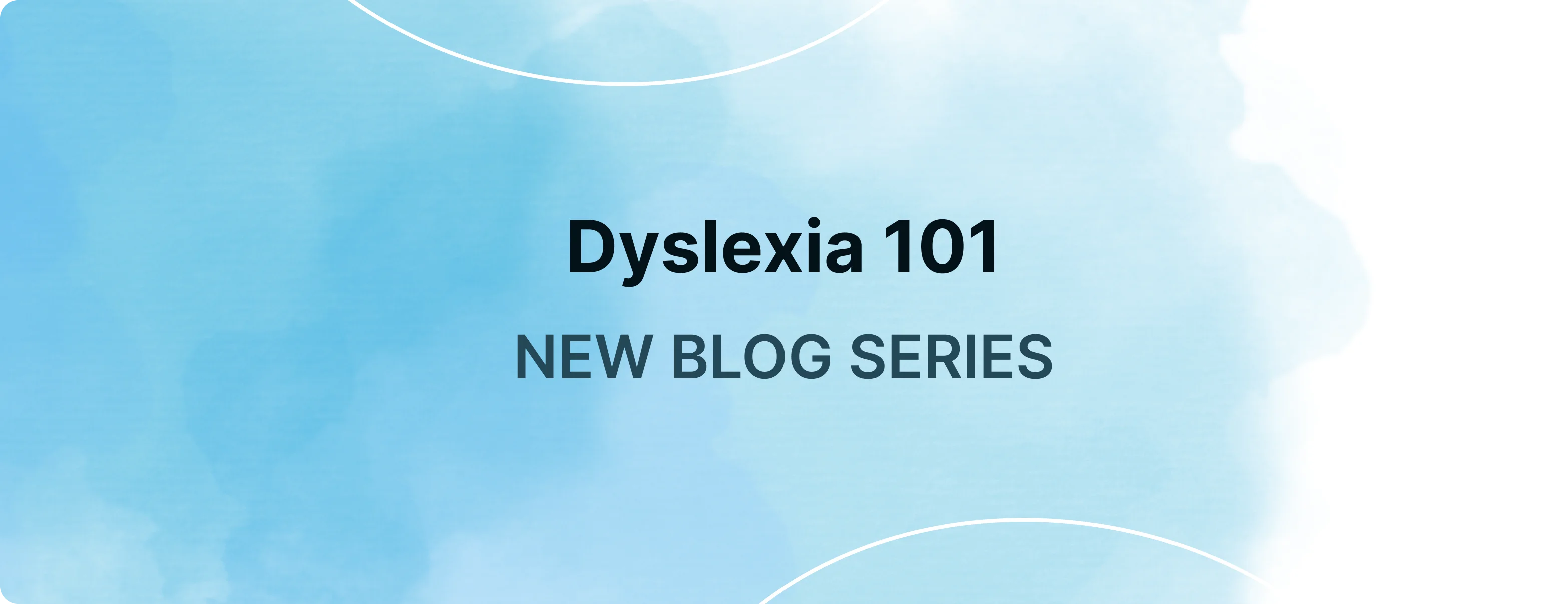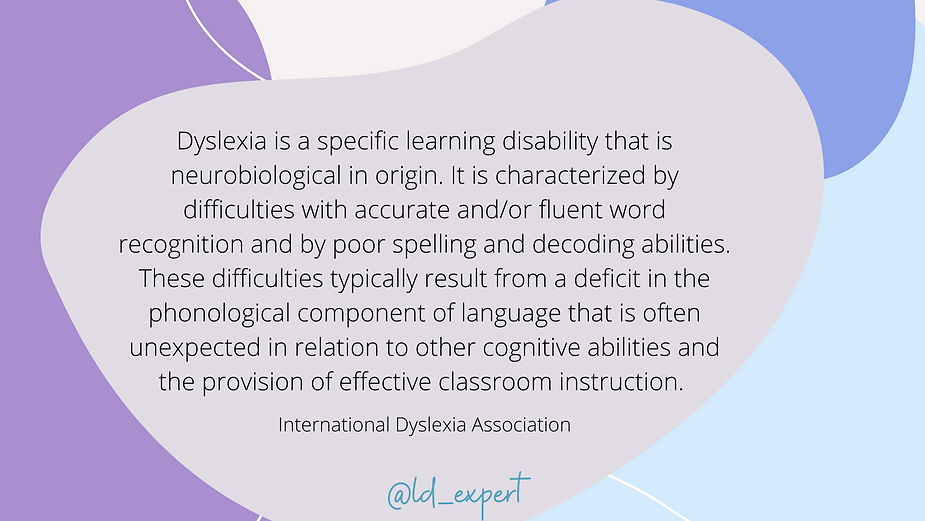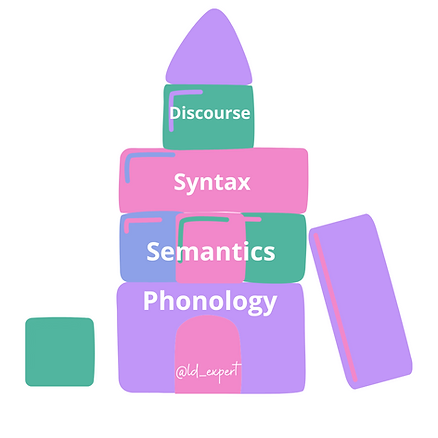Dyslexia 101: What is Dyslexia?

Stephanie Tsapakis
|
Published on Jun 30, 2021 · 3 min read


Stephanie Tsapakis
|
Published on Jun 30, 2021 · 3 min read

It has become much more common to hear dyslexia talked about, especially related to how it impacts our children in schools. And this is great! The more we help educate each other, the better able we will be to help support those around us that have dyslexia.
Sometimes though, it's just a lot of talking and not as much understanding. It feels like the looming question is often: Yeah, but what actually is dyslexia?
And it's a big question!
But it's an incredibly important one, especially if you're a parent of a child that you suspect has dyslexia or already has a diagnosis. Perhaps even more so if you have diagnosed or undiagnosed dyslexia and are struggling in the workplace.
Over the next several weeks, we will be diving deep into dyslexia so that we can help you wrap your head around this complex diagnosis through our Dyslexia 101 series.
By the end of this series you will be able to:
Today's blog focuses on defining dyslexia. If you're anything like us, you may read the definition provided for dyslexia and ... still not be entirely sure what it actually means.

So let's take a look together...
According to the International Dyslexia Association a specific learning disability that is neurobiological in origin. It is characterized by difficulties with accurate and/or fluent word recognition and by poor spelling and decoding abilities. These difficulties typically result from a deficit in the phonological component of language that is often unexpected in relation to other cognitive abilities and the provision of effective classroom instruction. Secondary consequences may include problems in reading comprehension and reduced reading experience that can impede growth of vocabulary and background knowledge.
That's a lot of words.
Dyslexia occurs because of a weakness in the phonological module of the brain. This little module is located within the language factory of the brain. The phonological module has two jobs:
That's it.
So while we can't quite say, "You had one job!!" to this part of the brain, it does kind of feel like... "You had two little jobs!!!"
But they're not little.
They're foundational and every other way we use language is impacted by this part of the brain doing 'it's two little jobs' both rapidly and automatically.
The language system used for both reading and speaking is made up of four parts that are stacked onto top of each other. Weakness in one area will result in weakness for everything above it.
That's it.
Think of it like a tower, with phonology as its base:

This means that a weakness in the area of phonology impacts semantics, syntax, and discourse. What does this actually mean? It means that these areas also become weak:
And that's just the high level. But here's the point...
"Explicit teaching of alphabetic decoding skills is helpful for all children, harmful for none, and crucial for some"
It impacts everything.
Next week, we will take a closer look at the characteristics of dyslexia in-depth to help expand upon what we've learned today.
Today's blog references information from Drs. Shaywitz's book Overcoming Dyslexia, Chapter 4. This is a phenomenal resource and we highly recommend purchasing this book.
Stay updated with our latest blog posts.
Cart